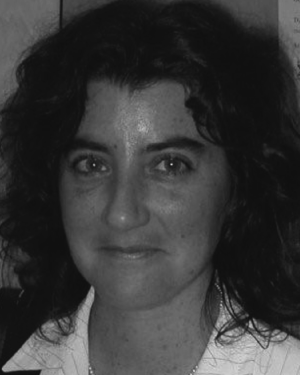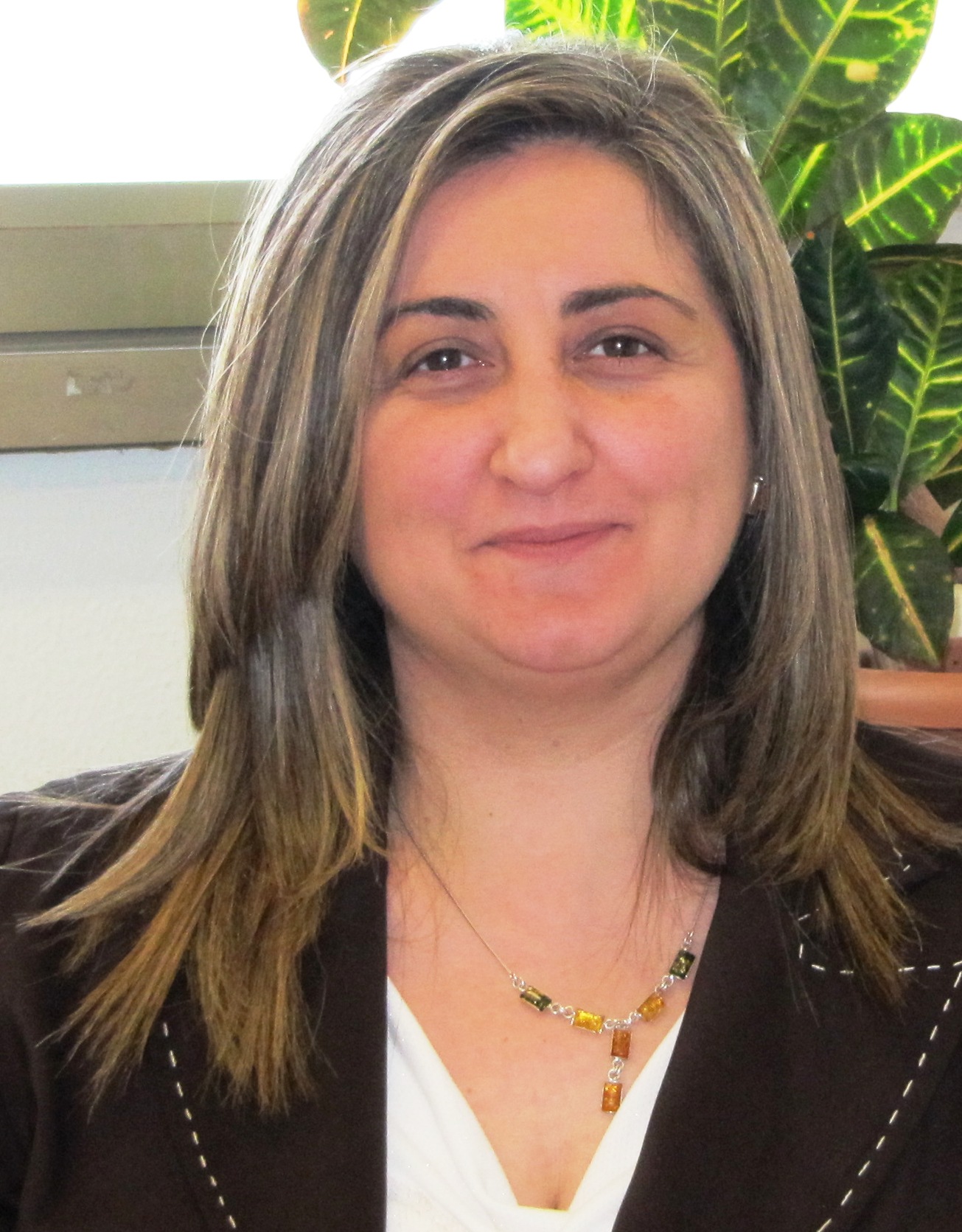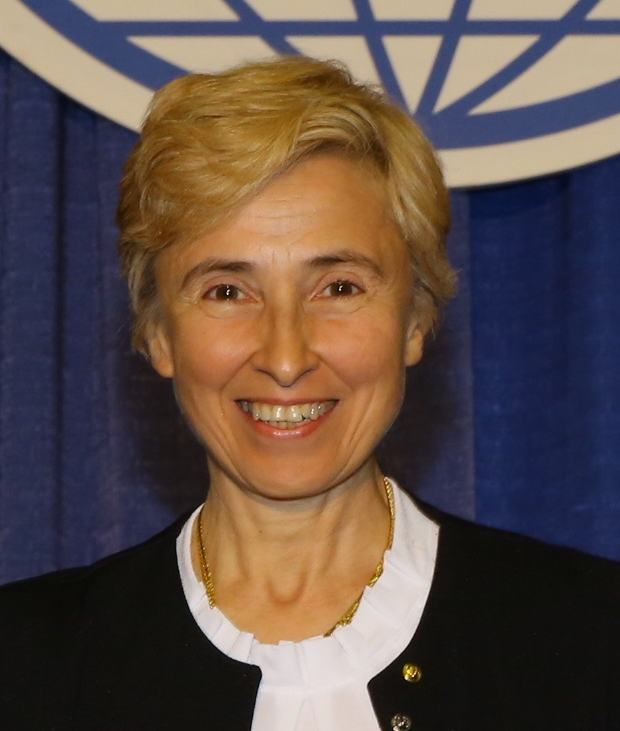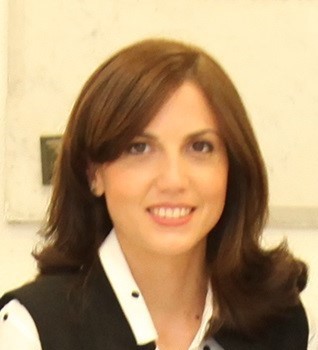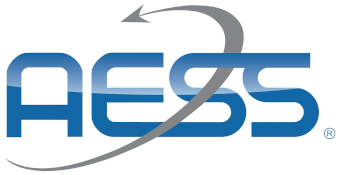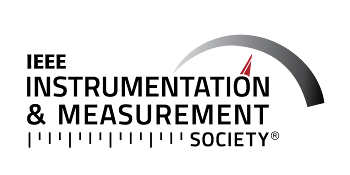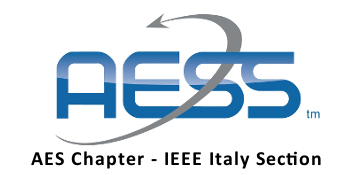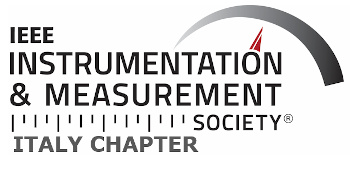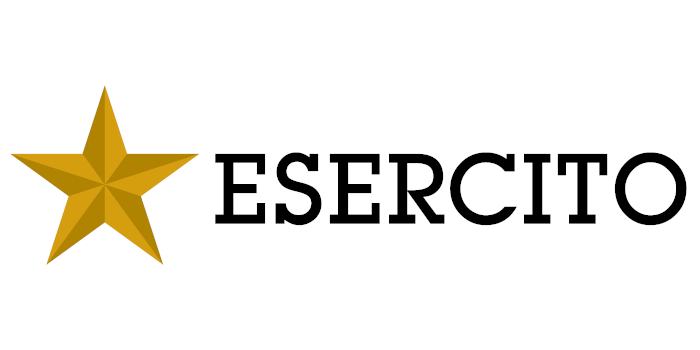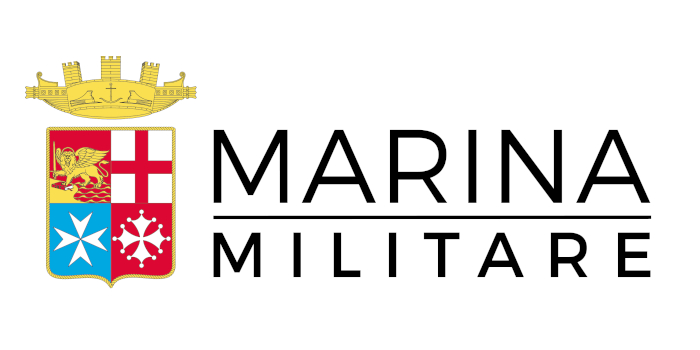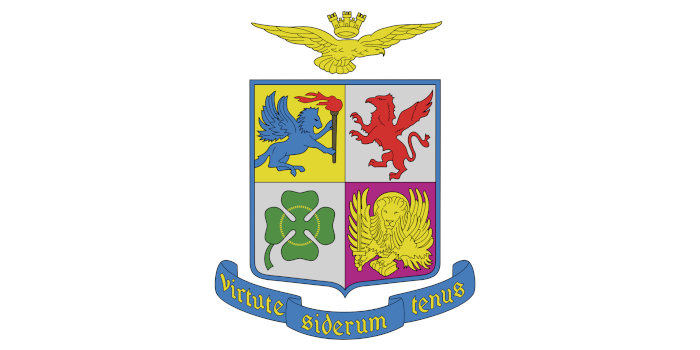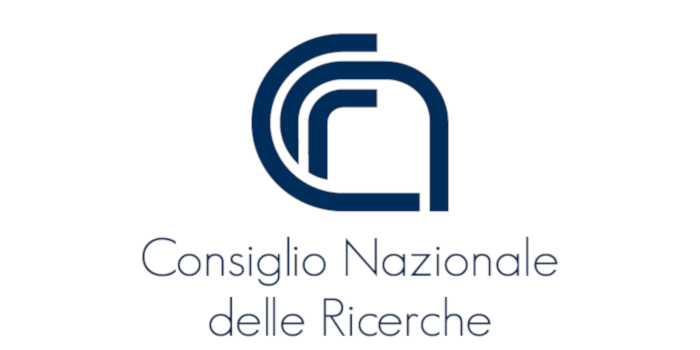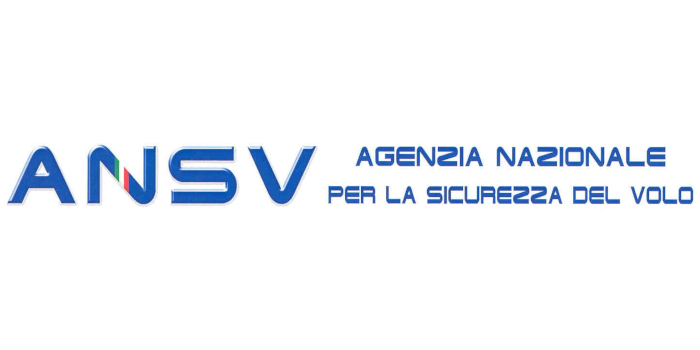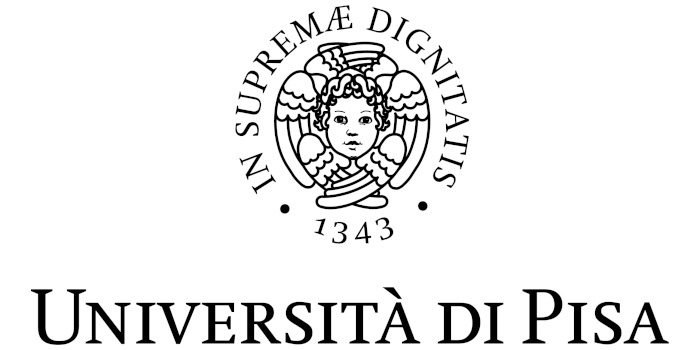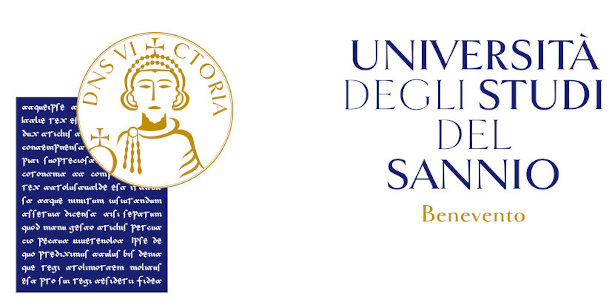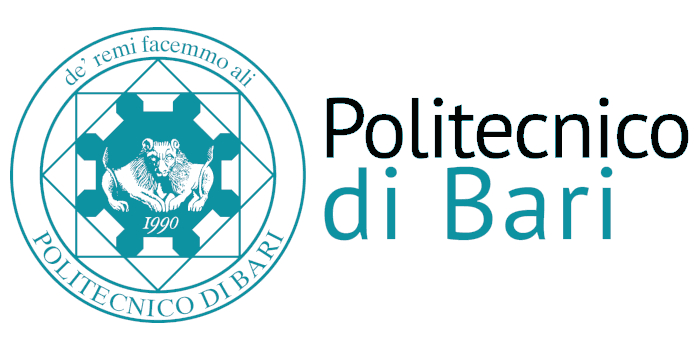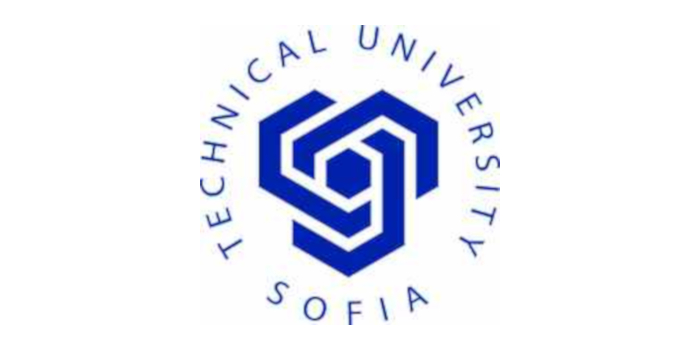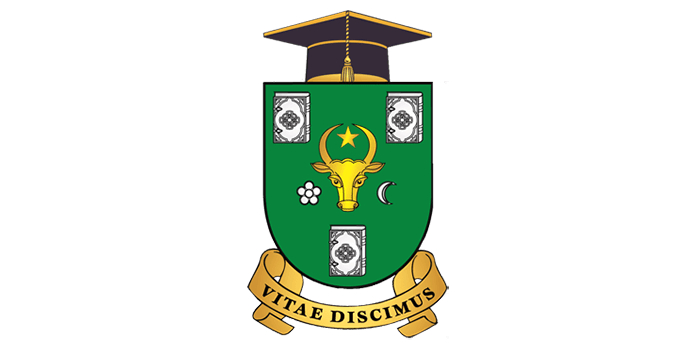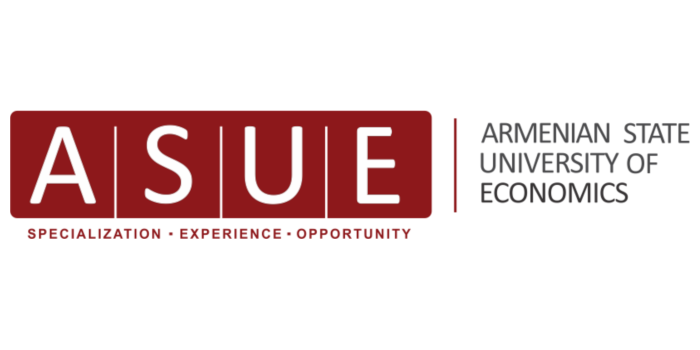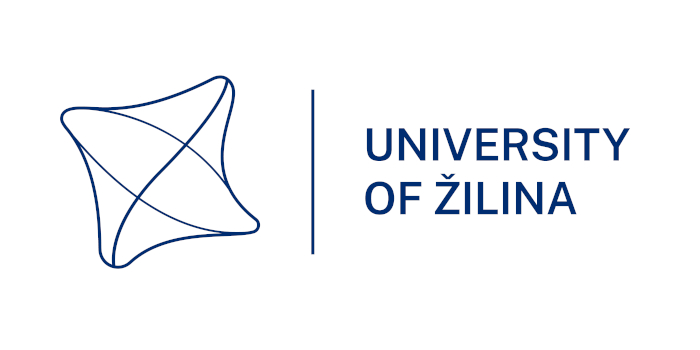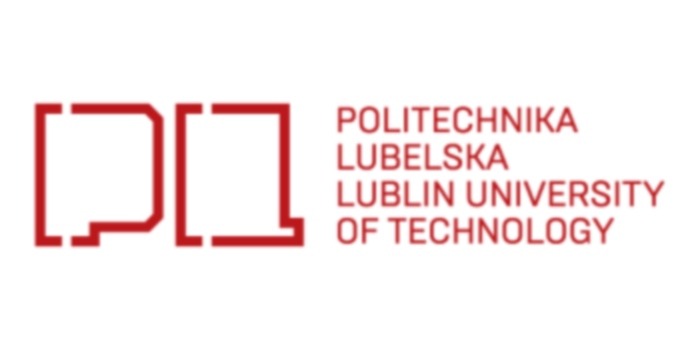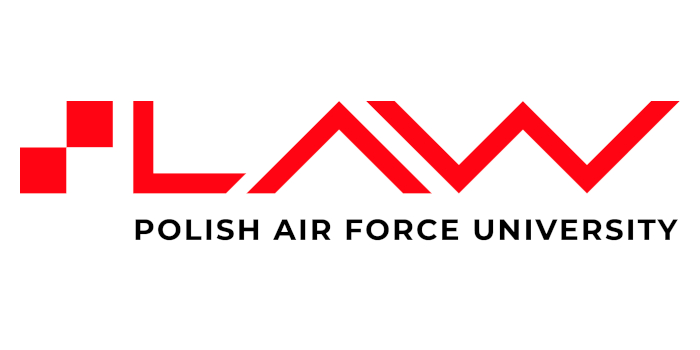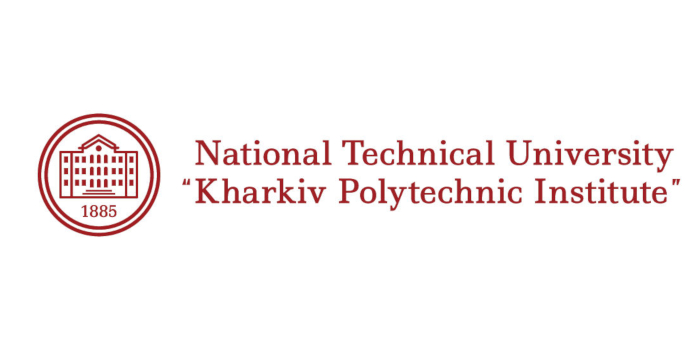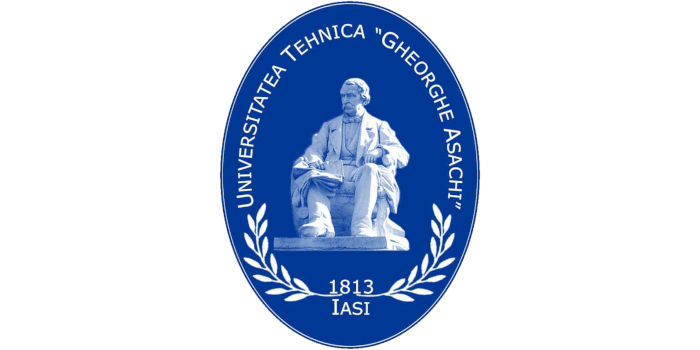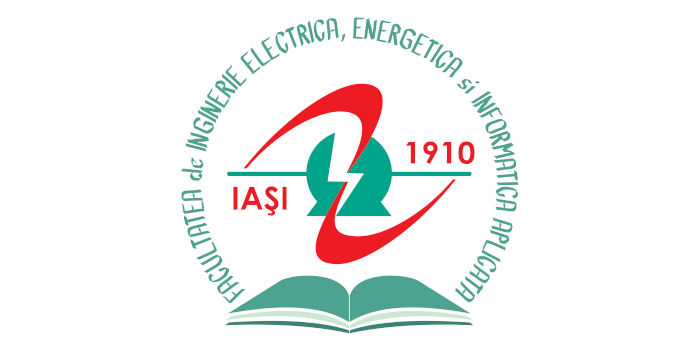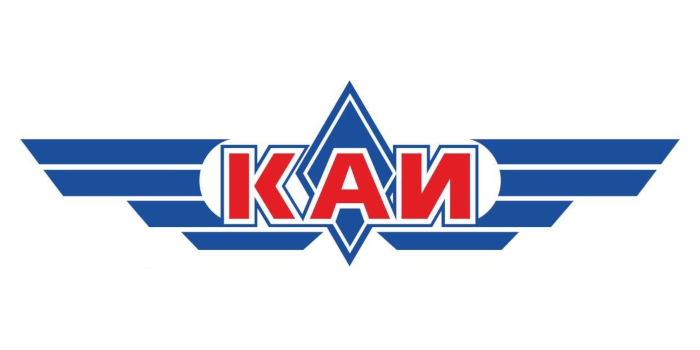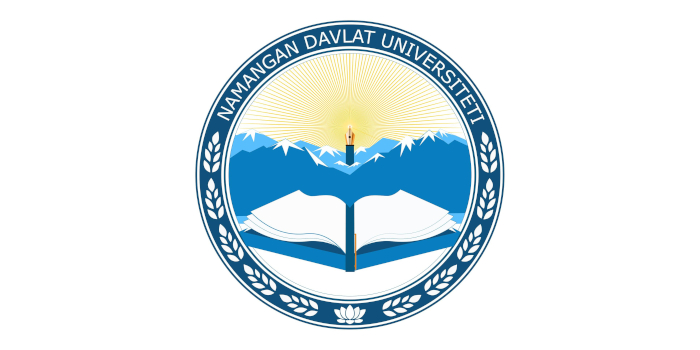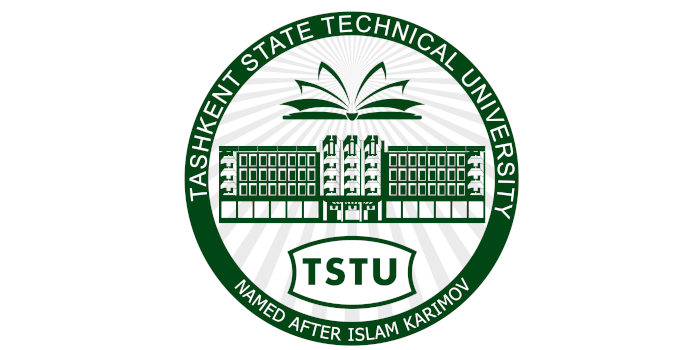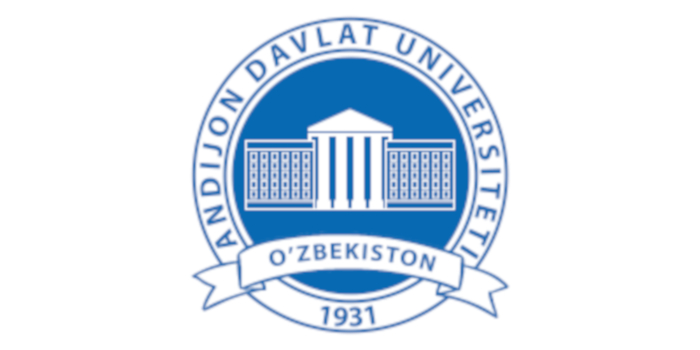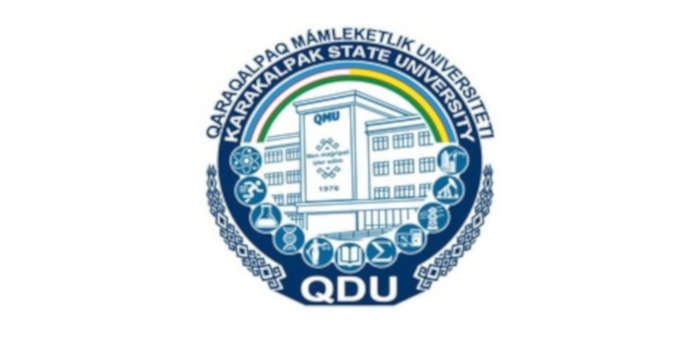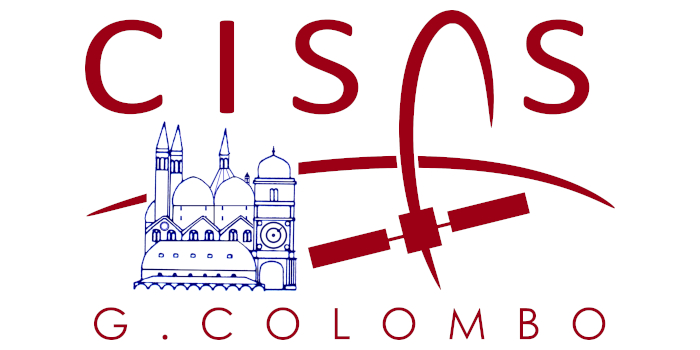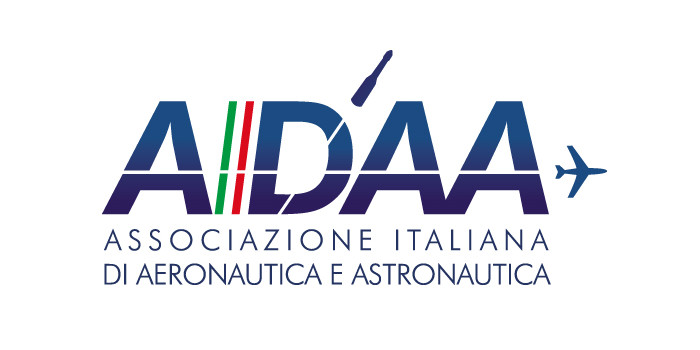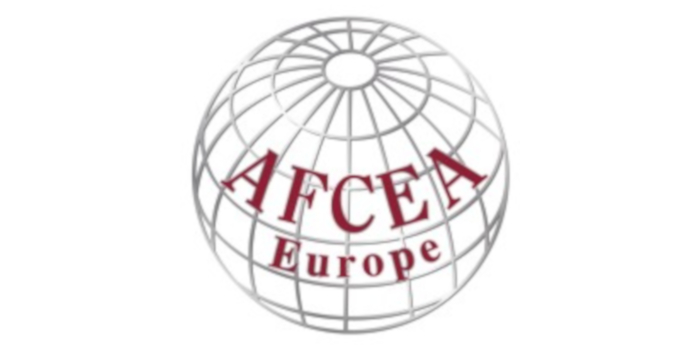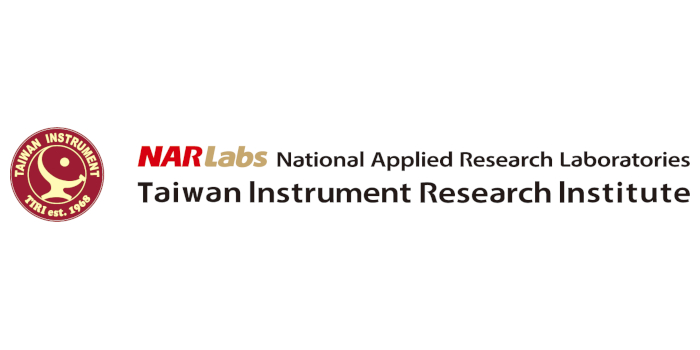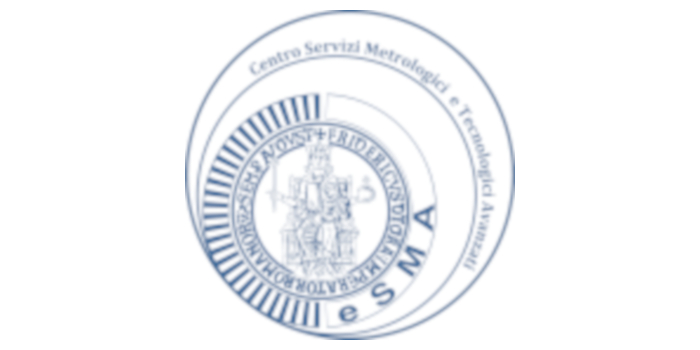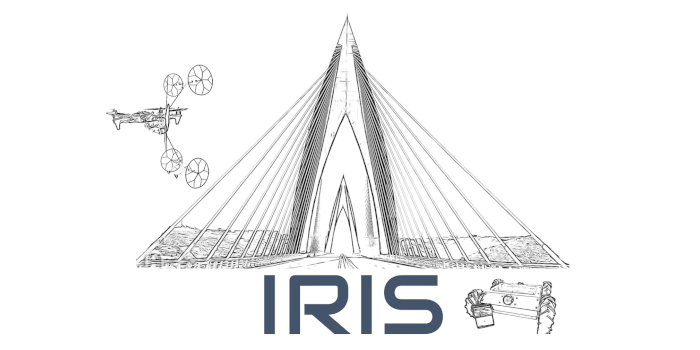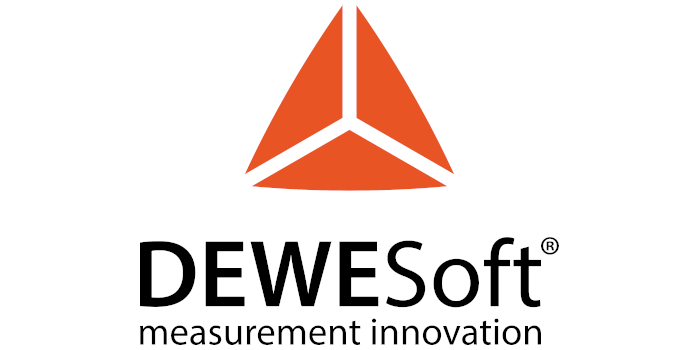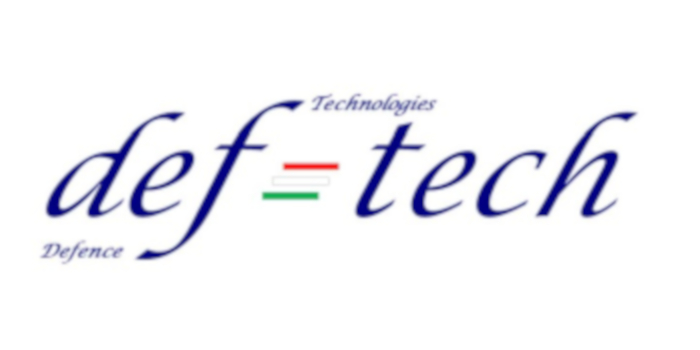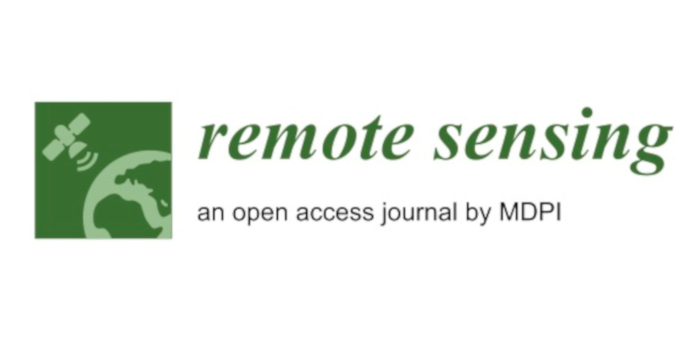WIE Panel for MetroAeroSpace - June 28, 2022
Sharing ideas with experienced and early-stage researchers
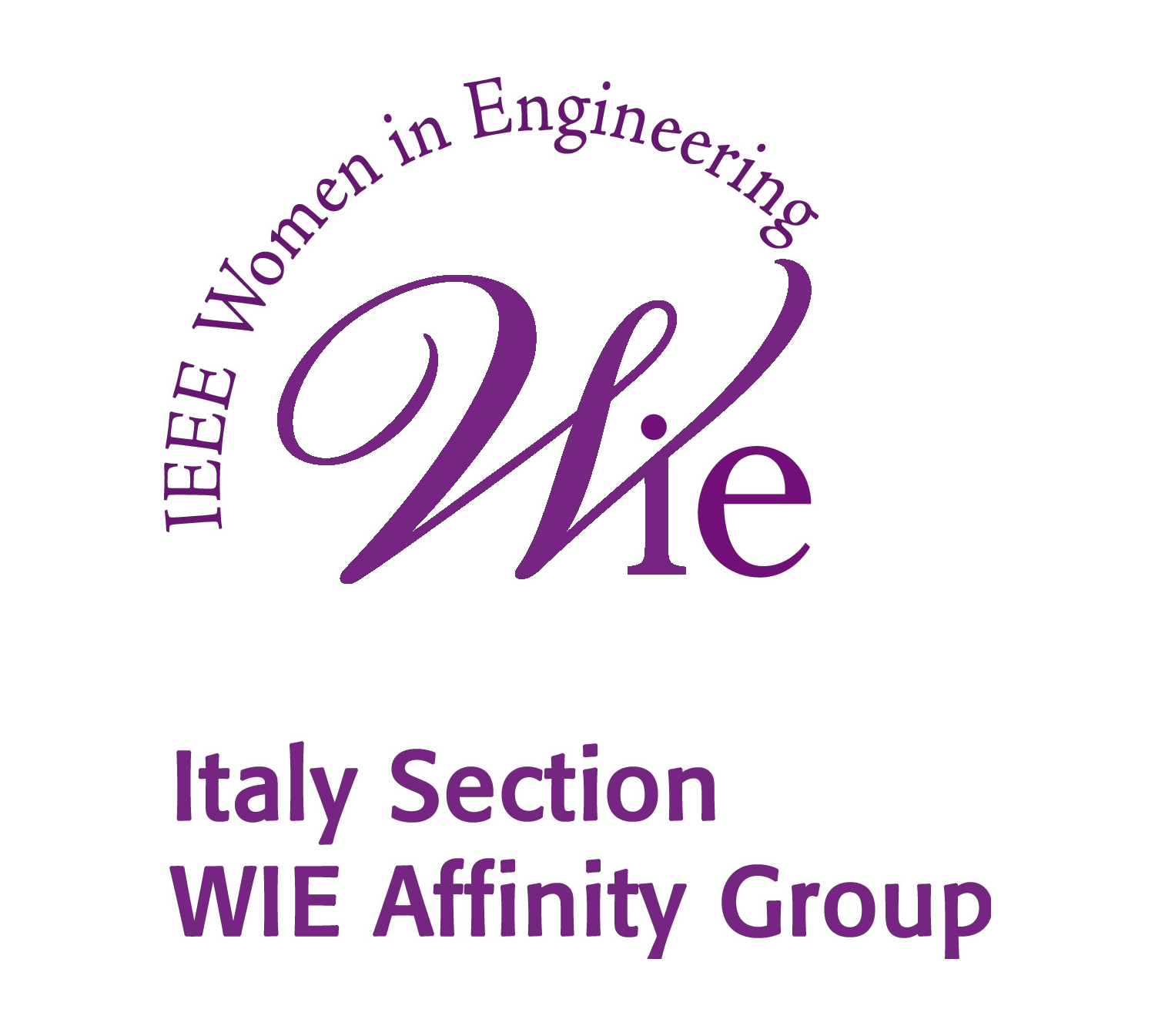 In line with the objectives of the WIE Commitment Chart "Steering girls to STEM" (https://site.ieee.org/italy-wie/steer2stem/), the purpose of the panel is to promote female models who are role models and who carry out mentoring activities towards young minds.
In line with the objectives of the WIE Commitment Chart "Steering girls to STEM" (https://site.ieee.org/italy-wie/steer2stem/), the purpose of the panel is to promote female models who are role models and who carry out mentoring activities towards young minds.
To this end, the panel wants to highlight how from the comparison between experienced and early stage researchers on their respective experiences it is possible to identify guidelines and prospects for growth and good practices that increase the presence of young women in the aerospace sector.
The structure of the Panel will be composed as follows: # 2 Topics: Aeronautic and Measurements; Space and Measurements - # 2 Speakers experienced researchers (women) with # 2 young researchers / Ph.D. student (1 boy and 1 girl) for each experienced researcher.
Each speaker, role model in the reference sector, will address one of the two topics, with a technical intervention on their sector; then the two early stage researchers will take the floor and will be able to briefly talk about their experience.
A discussion phase will conclude the panel.
Abstracts
Electromagnetic Sensors for Aerospace
Sandra Costanzo, University of Calabria
Antenna technologies for space communication systems are presented. Crucial design factors are usefully discussed to enable all required features and challenges for space applications. A specific focus is addressed to reconfigurable antennas, able to provide increased functionality, in terms of beam steering, diversity in gain, polarization and radiation patterns. Remarkable examples of reconfigurable reflectarray antennas useful for modern telecommunication systems are reported.
Digital Technologies for Airport Control Tower
Sara Bagassi, University of Bologna
The increasing interest in Synthetic Vision (SV) and Augmented Reality (AR) technologies has led various analysts to positively esteem the adoption of new tools enabling pilots and controllers to seamlessly operate under Visual Meteorological Conditions and Instrument Meteorological Conditions.
Since 2016, in the framework of SESAR Inititiative, a few solutions have been investigated to support airport tower controllers through the use of tracking labels, air gestures and attention guidance thanks to advanced human machine interface (HMI) interactions.
The V/AR blends real world images with computer-generated data (augmented reality) in real-time, so that visual information can be enhanced to improve identification and tracking of aircraft (or vehicles) on and around the airport. In low visibility, synthetic vision can show digital georeferenced data that supplement the missing real vision (virtual reality).
When using V/AR, auxiliary information is merged with the out of the window (OTW) view and presented as an overlay on top of the real-world visual information. In this way, controller attention is no longer forced to divide between the primary visual field (OTW) and auxiliary tools (such as paper or electronic flight strips, surface movement radar, gap-filler camera streams and alert indications), consequently reducing ‘head-down’ time and increasing situational awareness.
WIE Panel - Speakers
Sandra Costanzo
University of Calabria, Italy
Sandra Costanzo (Senior Member, IEEE) received the Laurea degree (summa cum laude) in computer engineering from the Università della Calabria, Italy, in 1996, and the Ph.D. degree in electronic engineering from the Università Mediterranea di Reggio Calabria, Italy, in 2000. In 2017, she awarded the Italian National Scientific Qualification for the Full Professor position. Since 2019, she has been an Associate with IREA-CNR (Naples). She is currently an Associate Professor with the Università della Calabria, where she is the Co-ordinator of master’s degree in telecommunication engineering and the Rector’s Delegate for security, protection and control of electromagnetic fields. She teaches courses on electromagnetic waves propagation, antennas, remote sensing, radar, sensors, and electromagnetic diagnostics. She has authored or coauthored over 200 contributions in international journals, books, and conferences. Her research interests include near-field/far-field techniques, antenna measurement techniques, antenna analysis and synthesis, numerical methods in electromagnetics, millimeter wave antennas, reflectarrays, synthesis methods for microwave structures, electromagnetic characterization of materials, biomedical applications, and radar technologies. She is a member of the IEEE MTT-28 Biological Effects and Medical Applications Committee, the IEEE South Italy Geoscience and Remote Sensing Chapter, the Consorzio Nazionale Interuniversitario per le Telecomunicazioni (CNIT), the Società Italiana di Elettromagnetismo (SIEM), the Centro Interuniversitario sulle Interazioni fra Campi Elettromagnetici e Biosistemi (ICEMB), and a Board Member of the IEEE AP/ED/MTT North Italy Chapter. She received the Telecom Prize for the Best Laurea Thesis in 1996, and the Best Academia & Research Application in Aerospace and Defense 2013 Award for the Application Software Defined Radar using the NI USRP 2920 Platform. She is an Associate Editor of IEEE Access, the IEEE Journal of Electromagnetics, RFand Microwaves in Medicine and Biology, and Electronics (Section ‘Microwave and Wireless Communications’), and an Editorial Board Member of Radioengineering and International Journal of RF and Microwave Computer-Aided Engineering.
Sara Bagassi
University of Bologna, Italy
Associate Professor at the University of Bologna in the field of aerospace engineering. Her research interest is targeting new aeronautical technologies and HMI (Human Machine Interfaces) evolution, as derived from increased complexity and autonomy of the aeronautical systems.
WIE Panelists
Patrizia LAMBERTI
University of Salerno, Italy
Patrizia Lamberti (IEEE M’06, ORCID: 0000-0002-5037-8074) received the Laurea degree in electronic engineering and the Ph.D. in information engineering from the University of Salerno (Italy), in 2001 and 2006, respectively. She is Associate Professor of Electrical Engineering at the Department of Information and Electrical Engineering and Applied Mathematics of the University of Salerno (UniSA). She teaches Eletrical Engineering for bachelor degree student in Chemical and in Mechanical Engineering and Transducer for Bioinfomatic and Digital Health for Master degree student in Bioinformatic and Digital Health. She is vice-dean of NanoMates interdepartmental research center (Research Centre for Nanomaterials and Nanotechnology at the University of Salerno) and scientific coordinator for UniSA in the Italian inter-university research center ICEmB (Interaction between Electromagnetic fields and Biological systems). She serves as vice-Chair of IEEE Women in Engineering Affinity Group Italy Section. Prof. Lamberti is co-founder of the UniSA spin-off AI4Health S.r.l. His research interests concern tolerance analysis and robust design of electromagnetic (EM) devices, the EM modeling and characterization of new nanomaterials and devices, the EM treatment of cells and biological systems using Pulsed Electric Field. The research activities of Patrizia Lamberti (h-index 21, Scopus nov. 2020) led to more than 50 journal papers, 3 book chapters, 3 Italian, 2 European and 1 US patents. She has been involved in more than 30 international and national scientific projects as responsible or team member and she is currently UniSA principal investigator for activities concerning EM robust design in 4 European projects founded in the EU-H2020 framework (nov. 2020).
Fiorella LAMBERTI
Leonardo Company
With more than 25 years of experience in aerospace and defence sectors, Fiorella Lamberti started her carrier in system engineering for Earth Observation, Satellite Navigation and Communications space systems, working for many international projects with the main space agencies (NASA, ESA, EUMETSAT, ASI). She was also project leader for many projects of the European Union's Research and Innovation funding programmes, in the field of space, environment and disaster management.
In 2004, she moved to communication, covering different roles for several Italian companies in the aerospace and defence domains. She has been working for Leonardo since 2015, supporting communication campaigns focused on special projects, mainly communication and dissemination activities for funded research projects with the role of Communication Manager.
She also collaborates with several professional organisations, in particular, she is member of the Board of Directors of AFCEA Rome Chapter, and of the IEEE Women in Engineering (WIE) Society, where she coordinates the communication activities for the WIE Affinity Group - Italy Section.
Claudia CONTE
University of Naples Federico II, University of Bergamo, Italy
Claudia Conte received the M.S. degree with laude in Aerospace Engineering from the University of Naples Federico II in 2019. From October 2019 she is involved in the Ph.D. course in Technology, Innovation and Management (University of Naples Federico II and University of Bergamo). Her research activities are focused on the standardization of core enabling guidance, navigation, and control technologies for autonomous transport systems at the Laboratory for Innovative Flight Technologies – LIFT in Centro Servizi Metrologici e Tecnologici Avanzati (University of Naples Federico II). Her research interests also include integrated navigation systems for unmanned vehicles and Unmanned Traffic Management solutions based on Machine Learning approach. She is a student member of IEEE and IEEE Women in Engineering.


